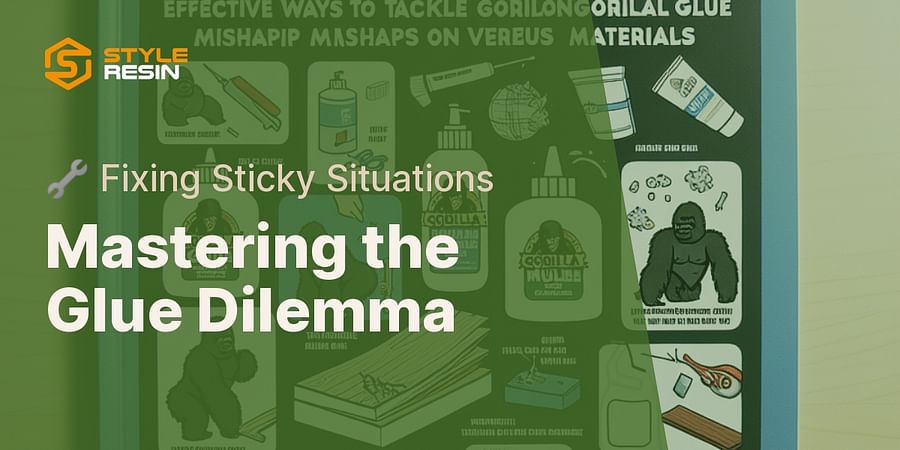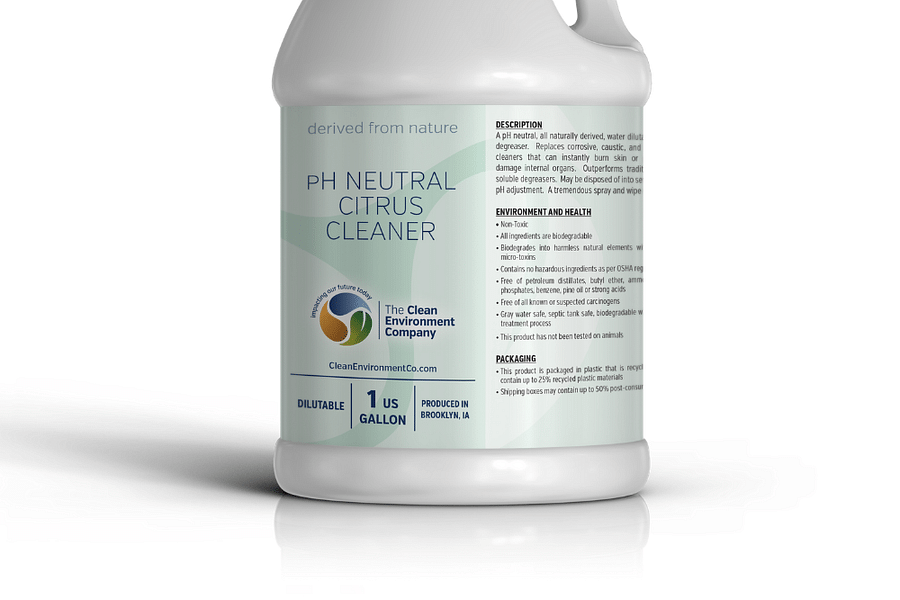The Ultimate Solution: Effective Ways to Tackle Gorilla Glue Mishaps on Various Materials

Imagine you're in the flow, your creative juices are pumping, and you're crafting something truly special. Then, the dreaded happens—a slip of the hand, and Gorilla Glue finds its way onto a surface it was never meant to touch. Fear not, fellow crafters! Tackling Gorilla Glue mishaps doesn't have to be a nightmare. With the right knowledge and tools at your disposal, you can remove this tenacious adhesive from a variety of materials without causing damage.
Gorilla Glue is renowned for its incredible strength and versatility. It’s a polyurethane-based adhesive that forms a powerful bond with wood, metal, foam, glass, and more. This makes it an indispensable ally in many guitar repairs, miniature model making, and even in practical household fixes. However, its strength is also what makes it so challenging to remove once it's cured.
Before we dive into removal techniques, let's talk prevention. When using Gorilla Glue or any strong adhesive, protecting surrounding areas with tape or a protective layer can save you a lot of trouble. For detailed projects like those involving clay creations or 3D wall panels, precision is key. Applying glue with tools such as toothpicks or syringes can minimize spillage.
In the event that Gorilla Glue adheres to your skin, don't panic! While it's incredibly sticky, there are safe methods for removal that won't leave your hands worse for wear. The process involves soaking the affected area and gently peeling or rolling the glue away from your skin.
Now let's get down to business—the removal process. Each material requires a different approach when dealing with Gorilla Glue residue:
We'll explore each of these methods more deeply as we continue our journey through adhesive mishap management.







Finding yourself stuck with hardened Gorilla Glu remnants doesn't spell doom for your project—or your materials. With patience and proper technique, you can reverse these sticky situations without leaving a trace behind. Stay tuned as we delve further into each material-specific method in our next segment!
Wooden surfaces are often where Gorilla Glue shines in its bonding abilities, but they are also where spills can be the most noticeable. Fear not, as there are ways to handle this sticky situation without causing damage to the wood grain. A combination of heat application and gentle scraping can work wonders. A hairdryer set on low heat can soften the glue, making it easier to lift off with a putty knife. Remember to proceed with caution; too much heat can damage the wood's finish.
If you're dealing with finished wood, you'll want to avoid any harsh chemicals that might strip away the varnish or paint. In such cases, oil-based substances like coconut oil or olive oil can help ease the glue off without harming the underlying surface. Apply the oil, let it sit for a few minutes, then wipe away both oil and glue with a soft cloth.
Accidentally got some Gorilla Glue on your favorite shirt or tablecloth? Don't let despair set in just yet! Fabrics require a delicate touch when it comes to glue removal. Start by soaking the affected area in warm soapy water; this may soften the glue enough to be peeled away gently. For stubborn residues, rubbing alcohol can be cautiously applied with a cotton ball.
For those special garments or textiles that cannot be soaked or exposed to alcohol, consider taking them to a professional cleaner who specializes in chemical solvents for adhesives. Always test any solvent on an inconspicuous area of the fabric first to ensure colorfastness and material integrity.
Plastic is everywhere—from toys and gadgets to furniture and containers—so it's no surprise that it occasionally gets in the line of fire during adhesive projects. Removing Gorilla Glue from plastic requires a gentle approach as well, so as not to scratch or cloud the surface. Oils again come into play here; dabbing some vegetable oil onto the glue and letting it sit for an hour could make all the difference.







If oils don't do the trick, try using a commercial adhesive remover specifically designed for plastics. Products like Goo Gone are formulated to deal with tough glues while being safe on plastics—just be sure you're working in a well-ventilated area and wearing gloves for protection.
"In every mistake there is potential for growth." Embrace your crafting mishaps as opportunities to learn new solutions and techniques that will only enhance your creative journey."
Regardless of which method you choose for any material, patience is key when dealing with strong adhesives like Gorilla Glue. Rushing can result in further spreading of the glue or even damage to your item. Take your time, use gentle motions, and keep your work area clean and organized.
In addition to these tips, always keep handy links such as how to remove polyurethane glue or the best plastic model glues, which could offer additional insights into handling various types of adhesives during your crafting endeavors.
Gorilla Glue mishaps don't have to spell disaster for your materials if you tackle them with knowledge and care. With these effective methods at hand, you'll find that even the toughest spills can be managed successfully, leaving behind no trace of your adhesive accidents—just like magic!
Post a comment